First she introduced us to the whole are of TEL – Technologically enhanced learning with some references to useful reports
Then she went through some useful case studies:
The Tate multimedia guides
The Bletchly Park Text service where visitors can select items of interest by sending a text message and relevant information is available on a personalised website when they get home.
The American Museum of Natural History Explorer App
And there were some nice augmented reality dinosaurs via the Royal Ontario museum
The Build the Truce project at the Imperial war Museum
Leafsnap which enables you to take a picture of a leaf and the tree will be identified
Museum of London street map app.
There was a nice app shown produced by the Stedelijk for a festival where visitors could scan the QR code for one of the Stadelijk’s holdings and then hang it anywhere in the festival venue, and it was visible via augmented reality.
The seminar ended with a quick visit to the literature around learning, understanding how people learn with reference to Piaget, Vygotsky amongst others where the importance of understanding how people use display space now is important for understanding .
I don’t have time to do justice to all the aspects of the talk, but just really to put up the links. Some immediate applications to the archaeology I am interested in come to mind: Pot snap to take a picture of a profile and some possible identities are suggested (although there would be a big back room job of producing a searchable database of shapes as well as fabrics.
One possible APP which occurs to me is to have AR plans with links to online grey literature of developer funded archaeology. Time to dust off my coding books!
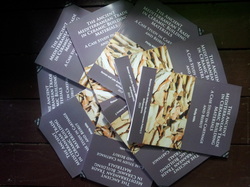
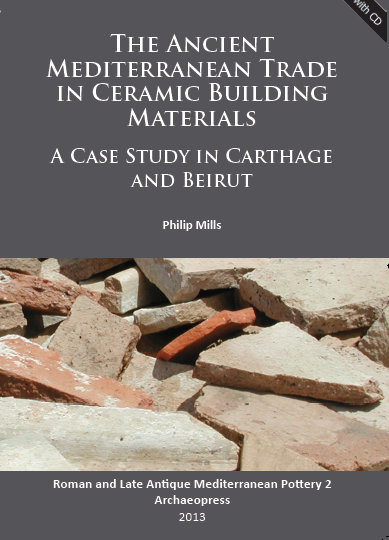
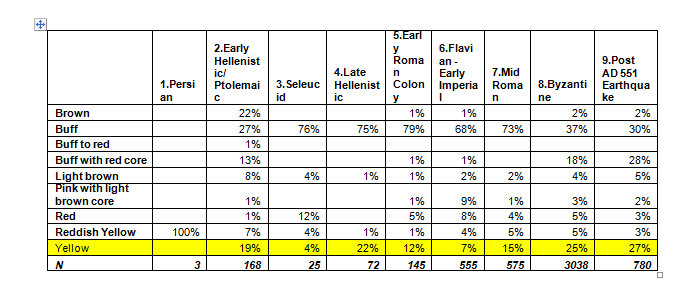
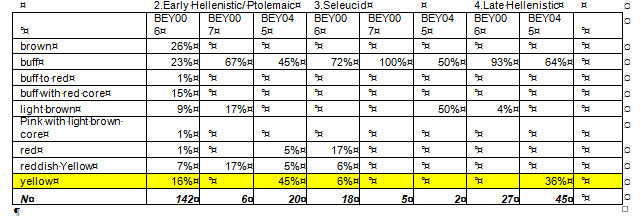
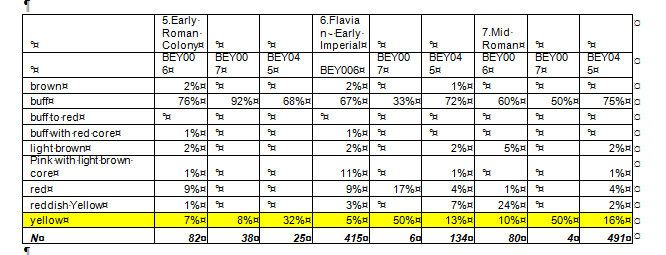
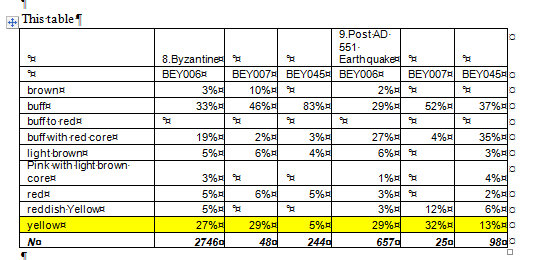

 RSS Feed
RSS Feed
